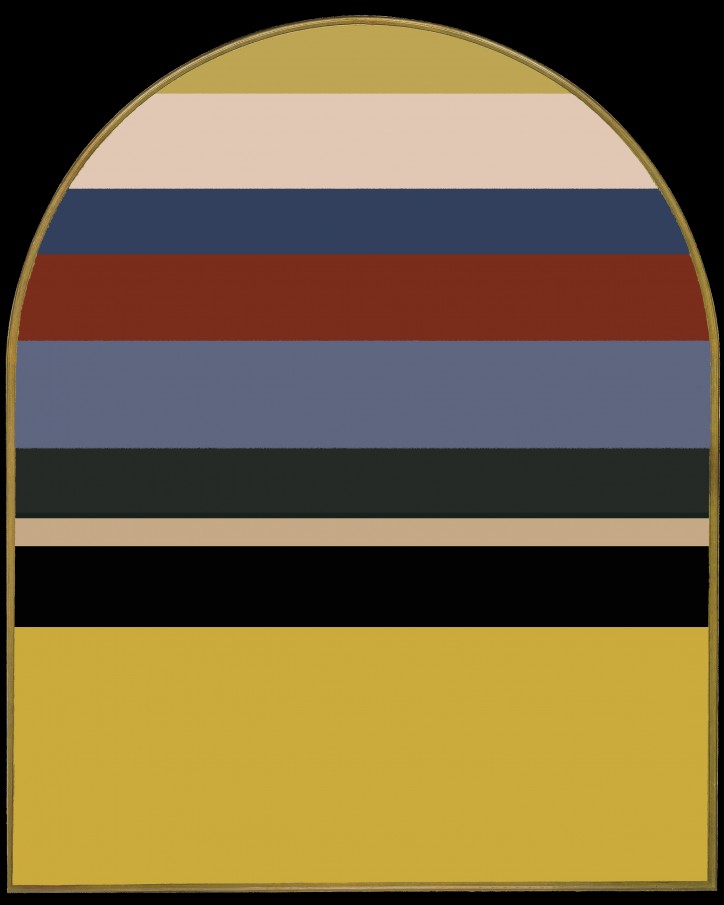
Reading time 3 minutes
This puzzle is a little more difficult than the last, so we have included a hint. Today we chose a work by a painter linked to the spirit of the Counter-Reformation; one of the most outstanding artists of his times.
The answer is below the image.

In the nearby cathedral in Toledo








